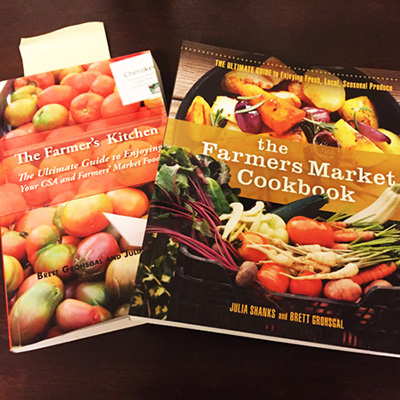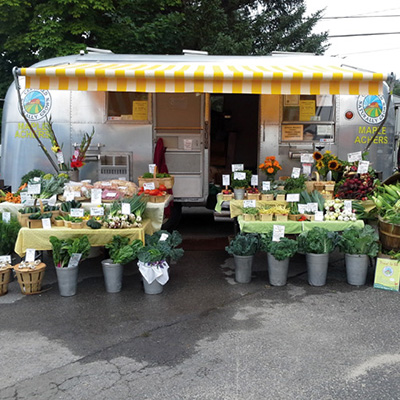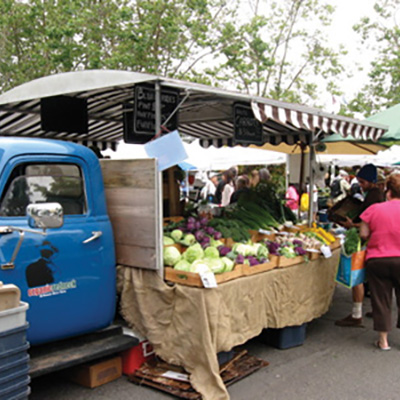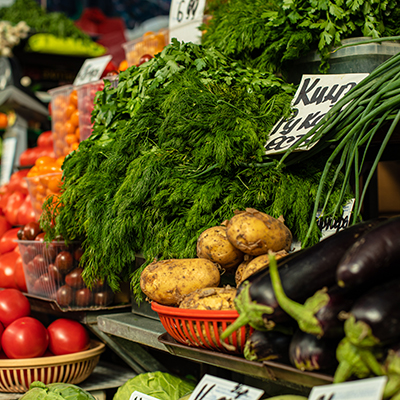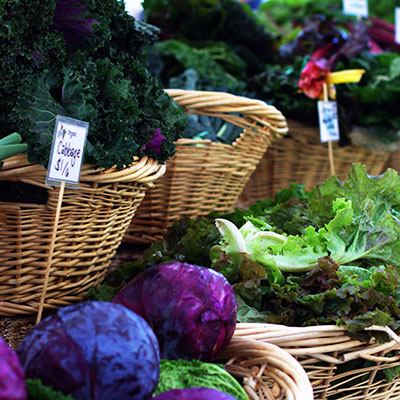Farmers markets have three purposes, according to the Farmers Market Coalition: help farmers prosper through direct sales; make fresh, locally grown produce available to customers at reasonable prices; enhance community by drawing people together in virtual “town squares” and “animated public spaces.”
But who are the customers at farmers markets? Who participates in the “town squares” farmers markets convene?
These questions have been asked since the beginning of the modern farmers market movement thirty to forty years ago. They are particularly relevant in the present time as the nation’s political debates focus on who is included in the American consensus.
They are also relevant to the many involved in today’s farmers markets who are reconciling with the loss, and revere the memory, of Gus Schumacher, who died in September.
In an extraordinary career Gus was instrumental in harnessing government programs and public budgets to accelerate participation of low-income people at farmers markets as customers, helping them access the health benefits that go along with eating fresh foods. Where public programs fell short, Gus joined with others to find ways to supplement them by mobilizing charity and the nonprofit sector to broaden the range of people shopping at farmers markets.
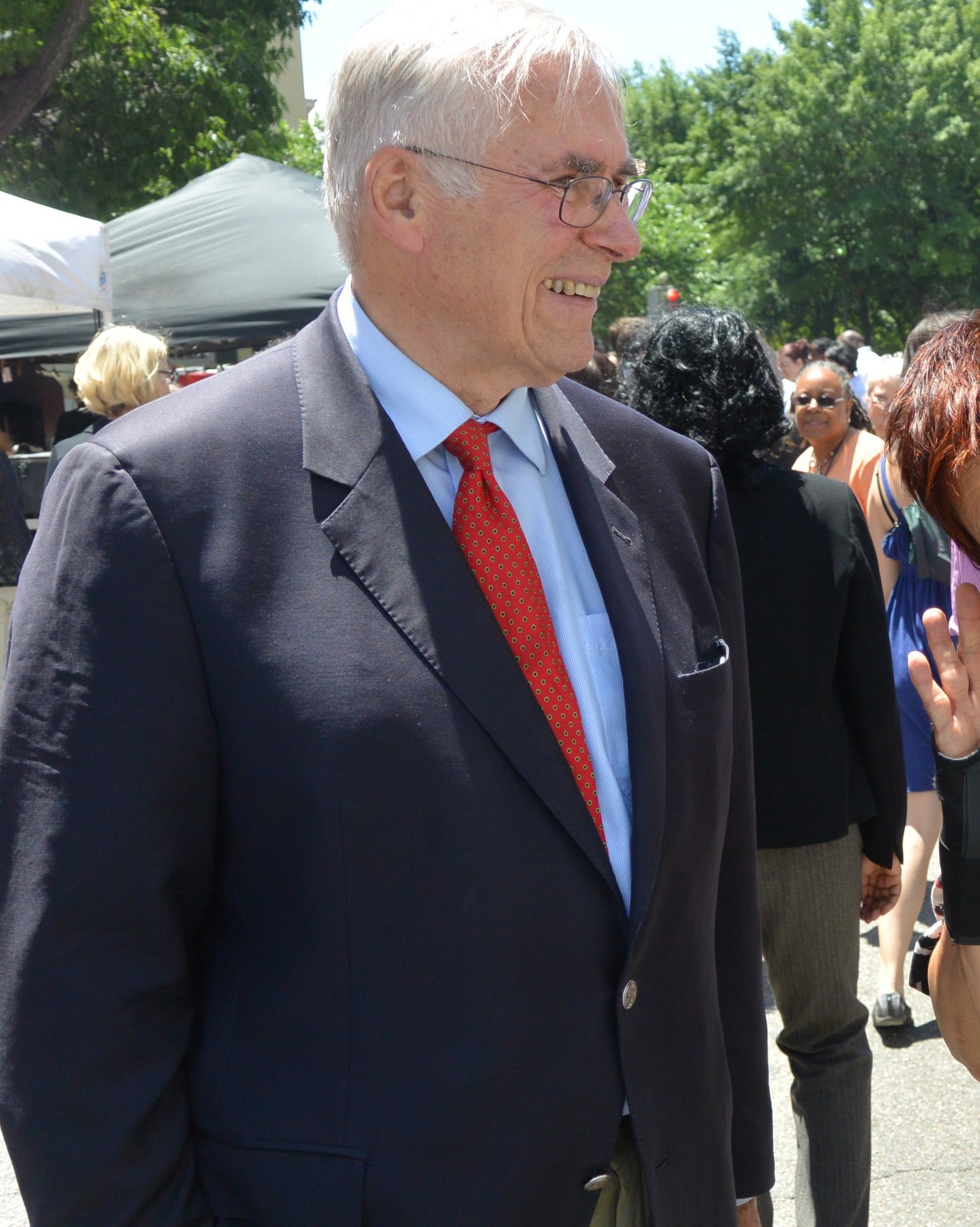
Gus made his mark in a career that included a term as Commissioner of Agriculture in Massachusetts, as Under Secretary of Agriculture during the Clinton Administration, and, after leaving government, as co-founder and board chair of Wholesome Wave, the nonprofit organization he helped start to expand fresh food opportunities for people with low incomes. He made his mark as well as a cheerleader and facilitator of countless activists working to regenerate local farms as primary sources of food production.
Among the programs Gus helped start are the following:
The Farmers Market Nutrition Program (FMNP), providing incentives to shop at farmers markets for participants in the Women’s, Infants and Children (WIC) supplemental nutrition program. Begun as a pilot program in Massachusetts, the federal FMNP now supports close to two million WIC recipients a year;
The Senior Farmers Market Nutrition Program, now providing incentive vouchers to over 800,000 low-income elders.
The funding of these two programs alone represented, in 2015, the equivalent of a federal grant of $35 million to producers at 3,300 markets and other outlets where the vouchers are accepted.
In the context of USDA’s emphasis on underwriting large farms and commodity growers, these programs are modest. But they reflect the increased visibility and political potential of the new farm sector that is based on direct sales to customers.
In the larger scale of things the value of these vouchers for individual low-income farm market patrons is also modest—likely insufficient to draw low-income shoppers into the market on a regular basis. Consider a typical WIC recipient who receives four $5 coupons, the current allocation in Maryland. Since people decide where to shop for many reasons--convenience and accessibility, and the price, quality and variety of goods--it is unlikely she would change where she shops because of a one-time bonus check.
To alter the shopping behavior of low-income customers more substantial incentives surely are necessary. This is the contribution of the incentive programs, pioneered by Gus Schumacher and others, which channel public and private funds to increase the value at the market of the other government nutrition subsidies. Incentive nutrition coupons substantially increase the value of every food voucher through matching funds, turning shoppers who otherwise might visit the markets only once a year into market regulars. They were first introduced at the Crossroads Farmers Market in Takoma Park, MD, when Gus and market co-founder John Hyde raised funds from the National Watermelon Promotion Board to match shoppers’ government vouchers. The idea has now spread across the country under different names.
Wholesome Wave, the national nonprofit organization co-founded by Gus, works throughout the country to raise funds to support these matching vouchers, and helps individual markets raise funds locally. It also has pioneered programs to draw low income people to farmers markets by getting doctors to write fresh food “prescriptions” for patients to achieve healthier diets. Funded by health collaboratives and others inspired by this new approach to moving people away from poor diet choices, “produce prescriptions” are yet another way to bring donated dollars into new food networks.
Because it harnesses the potential resources of the Federal budget, the most promising development in encouraging low-income customers to shop at farmers markets is the USDA’s Food Insecurity Nutrition Incentive (FINI) program. FINI provides grants to state and local governments and nonprofit organizations to create incentives for food stamp recipients to shop at farmers markets and other fresh food outlets, such as participating farm stands.
The first FINI grants, authorized in the 2014 Farm Bill, were devoted to exploring program fundamentals, such as establishing that SNAP recipients would actually use the program, and designing effective administrative mechanisms to meet SNAP’s high anti-fraud standards. A noteworthy finding from the first year was that FINI grants help anchor farmers markets in communities with large numbers of low income people eligible for SNAP benefits.
In each of the last two years, FINI provided over $16 million to draw SNAP recipients into farmers markets by increasing the value of SNAP benefits when food stamp recipients shop there.
The potential of the FINI program is on display in Massachusetts, where the Healthy Incentives Program (HIP), a statewide initiative supported by a FINI grant, is beginning to generate impressive results. As Gus explained in an article he wrote this summer, HIP is on track to realize $1.5 million from SNAP recipients in Massachusetts whose food stamp spending at the markets is matched by HIP.
Big stalks from little kernels can grow. Consider that the Food Stamp program, now the USDA’s single largest budgetary allocation at $70 billion per year, was incubated in the 1960s as a pilot program focused on absorbing agricultural surplus as well as providing dietary supplements. In 1961, the experimental food stamp program reached 380,000 people in 22 states. Fifty-five years later, nearly 43 million people, in every state and territory, participate in the program (now called the Supplemental Nutrition Assistance Program [SNAP]).
To some it may be puzzling that government should be significantly involved with farmers markets and offers the best hope for significantly expanding their customer base. After all, in the contemporary imagination there is no clearer example of buyers and sellers coming together spontaneously to exchange goods than the local farmers market. But this reflects a misreading of the role of government in market affairs.
Before there were markets, there were authorities concerned with whether critical goods such as food were widely available at reasonable prices. In post-Colonial America, every major city provided a market where farmers could sell directly to households. Washington, New York, Baltimore and other prominent cities all constructed market buildings and set the rules of trade. A primary task of these municipal governments—at a time before the welfare state—was to insure that the population had access to an adequate food supply.
In the modern era, while farmers markets have often been started by neighborhood activists and community associations, an equal number have been created with help from public authorities: in the Washington, DC, area by county agricultural extension agencies, an agricultural development agency, and a parks and recreation office.
Elsewhere, the new shelters for the Carrboro, North Carolina, market were constructed in the 1970s with a grant from the NC General Assembly. The General Assembly reprised its support in 1993 with another special appropriation to help the market relocate. The market in Olympia, Washington, likewise moved to its current location with construction assistance from the City Council and the Port of Olympia.
In California, modern era markets started up when the legislature in 1977 cleared away restrictive rules- exempting farmers engaged in direct sales from requirements that retailers standardize packaging and food labels- provisions in law that protected supermarket customers but were wrong for farmers markets.
One way markets fail the general society is when people are excluded from acquiring goods that public consensus regards as necessary for their wellbeing. Like efforts to expand broadband internet service to rural areas and health insurance for people who otherwise can’t afford it, Gus Schumacher and his many allies have been hastening the day when everyone is able to obtain fresh food, locally produced.
Michael is a former professor of political science at M.I.T. He committed to Potomac Vegetable Farms in Northern Virginia when he married Hiu Newcomb, a co-founder, in 2002. He works on the farm when he isn’t writing articles for GFM and other publications.

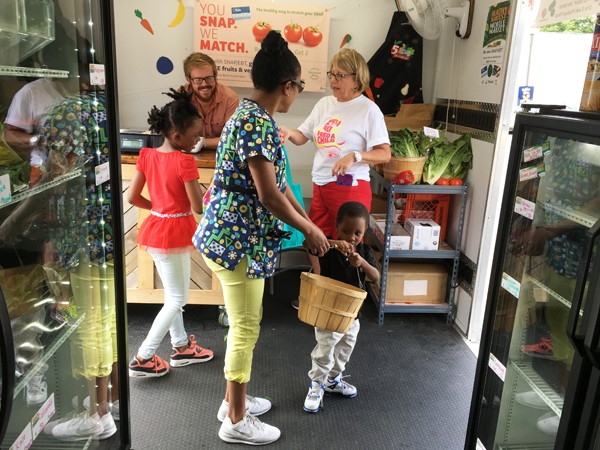 There has been incredible progress — locally and nationally — to connect small farms with people who are struggling financially. The USDA linked the two groups by allowing people to spend federal food assistance dollars at farmers markets and then for CSA shares and at farms directly. Momentum built when organizations like Wholesome Wave (co-founded by Gus Schumacher, see GFM Nov.-Dec. 2017) supported matching dollar programs around the country. Without the matching dollars, surveys show, most SNAP participants wouldn’t shop at farmers markets.
There has been incredible progress — locally and nationally — to connect small farms with people who are struggling financially. The USDA linked the two groups by allowing people to spend federal food assistance dollars at farmers markets and then for CSA shares and at farms directly. Momentum built when organizations like Wholesome Wave (co-founded by Gus Schumacher, see GFM Nov.-Dec. 2017) supported matching dollar programs around the country. Without the matching dollars, surveys show, most SNAP participants wouldn’t shop at farmers markets.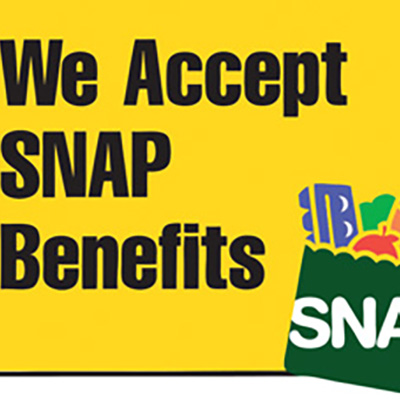

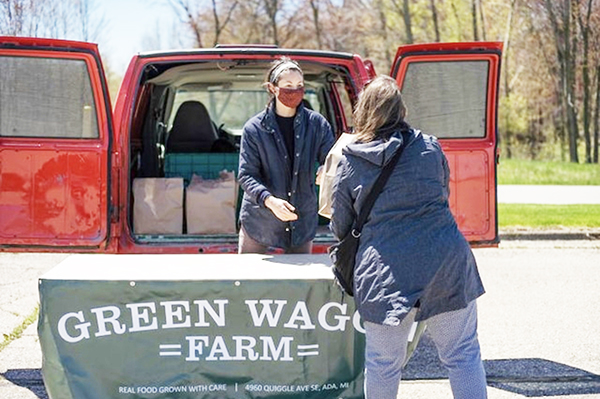 In the June/July magazine, our cover story talked about how REKO rings are a new way to sell to your local community through a closed Facebook group.
In the June/July magazine, our cover story talked about how REKO rings are a new way to sell to your local community through a closed Facebook group.

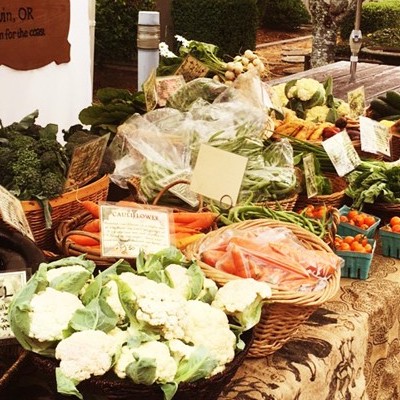
 Health is at the root of all the choices I make. I farm because working outdoors and being surrounded by fresh vegetables keeps me healthy. Spreading the health is the core of my business: I provide my neighbors with delicious, fresh vegetables that are a pleasure to eat. My farming practices center around the health of my soil, my plants, and my ecological and human community.
Health is at the root of all the choices I make. I farm because working outdoors and being surrounded by fresh vegetables keeps me healthy. Spreading the health is the core of my business: I provide my neighbors with delicious, fresh vegetables that are a pleasure to eat. My farming practices center around the health of my soil, my plants, and my ecological and human community.